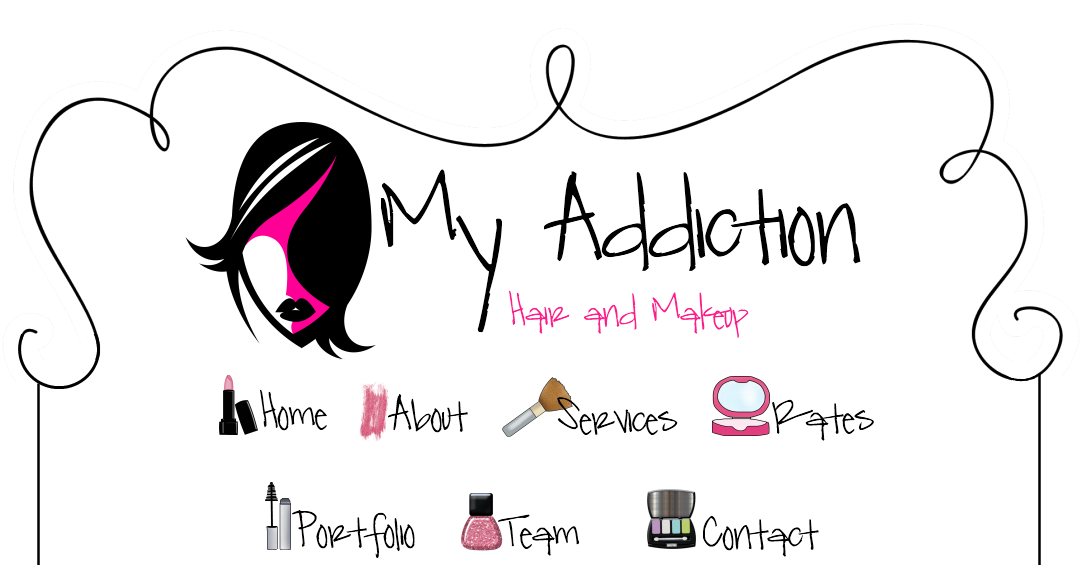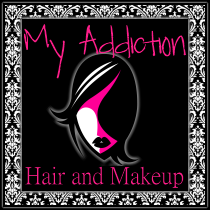Skin Care Tips
These tips are not meant to replace a trip to a medical professional. If you have any questions or concerns you must call a doctor. I am a state licensed Medical Aesthetician with medical esthetics training.
 Acne Stop Tips
Acne Stop Tips
Benzoyl Peroxide is the #1 killer of the bacteria that causes acne. Typical recommendation is a 10% formula applied once a day. Some people experience dryness and irritation from benzoyl peroxide in the beginning. If this is the case for you try to apply the cream or gel for one hour and then rinse off. Do this for one week and then increase the leave on time to three hours for one week. Increase slowly until you can leave the product on all night without irritation. This can be a time consuming endeavor but can also be well worth the efforts.
Rub an ice cube over your acne for five minutes. It provides an anti-inflammatory action to your acne and is particularly effective for cystic acne.
The left over red spots or darker hyperpigmentation spots of acne will disappear over time. Typically six moths to a year. Or you can often speed up the process with a hydroquinone gel or Vitamin C serum.
For inflamed severe acne it is proven that taking 100 mg of zinc a day can help to fight acne by acting as an anti-inflammatory. (It is advised to increase your copper intake to 3mg a day when you take this supplement.)
Iodides, found in sea salt and kelp and some multi vitamins, has been proven in many western medicine studies to irritate acne. Check your multi-vitamin and do not use it if it has iodides added. Some say to cut back on salty foods can be helpful as well.
Certain comedogenic (clogging) ingredients found in skin care products are aggravate acne prone skin.
We spend up to 8 hours a day on our pillow cases. Acne is a bacteria. Change your pillow cases often if you have acne.
Alpha Hydroxy Acids and Beta Hydroxy Acids are very good for blackheads and help combat acne bumbs as well.
If you are using a Benzoyl Peroxide product or a Hydroxy Acid product and a strong cleanser and your skin is irritated try using a very gentile cleanser.
If you have oily skin you most often do not need a moisturizer. It is probably the biggest misconception about skin care out there. Try a vitamin serum or hydrating serum instead.
The products clinically tested and proven to help fight acne are Benzoyl Peroxide, Vitamin A topicals (or Retina A), Beta Hydroxy Acids, Alpha Hydroxy Acids and sulfer. If you buy products with these ingredients you are probably on the right track to controlling your acne.
ALWAYS wash your face at the end of the day to remove poor clogging makeup, sebum and pollution. In the mornings you can use just water and a wet cloth if you chose.
Exfoliaters with sharp buffers like nut shells irritate acne and can make it worse. If you like the feel of a buffing cleanser make sure to use one with spherical exfoliating ingredients.
Rubbing the skin roughly is irritating to acne. Gently rub your facial skin with a clean wash cloth.
Facial masks made with food can be effective and therapeutic but if you have acne these products are not recommended. Food can cause bacterial growth in the skin and for people with acne this can lead to an increase in acne.
The skin on your back and shoulders is much thicker than the skin on your face so you can use stronger products for acne on these parts. The neck can have thinner skin and be sensitive. Proceed slower in treating the neck for acne.
Healthful Beauty Tips
Some people experience brown circles under or around their eye. Often times part of this condition is a result of the suns rays causing this skin to darken. Try an SPF 30 full spectrum sun block that includes titanium dioxide and zinc oxide on the area every day for one month and see if you lighten up. Many do!
Many of you wisely wear sunscreen but did you know it typically takes from 30-60 minutes after you apply until those sunscreens actually begin to work. That may be a reason why you and your children may still be getting burned when outdoors. Dr. James Fulton PhD recommends to apply your sunscreen the night before and reapply 1 hour before sun exposure for strong protection. Your sunscreen should include ingredients to protect you from UVA and UVB rays. UVB causes burns and cancer and the somewhat less dangerous UVA rays cause wrinkles, sun spots and aid UVB in causing skin cancer. If you want to ensure immediate sun block protection (begins to work as soon as you apply it), look for a full spectrum sunblock that contains titanium dioxide and or zinc oxide.
Rosacea is a skin condition that effects 14 million Americans. The number one trigger for rosacea according to the National Rosacea Society is the suns rays. To help block these rays use your full spectrum sun block every morning preferably at least 45 minutes before you are exposed to the sun. If you have rosacea you may feel stinging from sunscreens. If this is the case try an ultra gentle cream with non irritating sun block ingredients like titanium dioxide and zinc oxide. You should check with your dermatologist if you have any questions or concerns. Check the National Rosacea Society web page at
www.rosacea.org.
Big Myth: “If your skin is oily you still need a moisturizer”.
This is false. Those of use who have experienced oily skin know the uncomfortable look and feel of oil on the top layer of our skin. People with oily skin have plenty of oil already and do not need any more. Oily skin people may need a hydrating serum which can be applied within a totally oil free product. Typically the most therapeutic thing for oily skin is to use a Hydroxy Acid product or a Benzoyl Peroxide product.
Vaseline is a wonderfully cheap intense moisturizer according to internationally renowned Dermatologist Dr. Arthur Balin PhD. For the facial skin it is not recommended at all as it is clogging but for the lips and for very dry body skin it is a perfect strong occlusive moisturizer. If you have elderly parents take a look at their skin, particularly the extremities of the hand, feet, arms and shins. This area of the body can become extremely dry because there are less sebaceous glands in the skin of these areas.
Hair loss can occur due to certain medical problems and is sometimes treatable by a dermatologist. It can occur after a major illness, due to hormonal problems, due to some medications or due to a fungal infection of the scalp. If you are experiencing hair loss you may want to make an apt with your dermatologist who can run some tests to decipher your cause. And if it is permanent hair loss why not consider a weave, hairpiece or even a wig. These hair accessories are considered much more ‘socially acceptable’ than they used to be.















 "Like" us..
"Like" us.. 

 Acne Stop Tips
Acne Stop Tips

